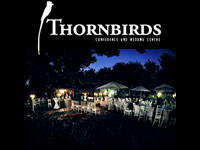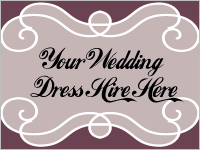A diamond’s clarity is based on the number and character of any inclusions or flaws and their size and position.
Carat refers to a stone’s weight. Two diamonds of the same carat weight might not be the same cut, colour and clarity.
Cut refers to angles and proportions of the diamonds facets. Cut is frequently said to be the most important C. The cut can make up for what a diamond lacks in size, colour and clarity, as the more accurate and proportioned the cut the more stunning the diamond.
A large and beautifully cut diamond will look good in a prong setting while a less perfect diamond will look more dazzling in a bold or fancy setting. The general rule is the better the diamond the simpler the setting.
Prong - usually consisting of four or six prongs with the stone raised on metal claws to let in the most light.
Shared prong – stones next to one another share prongs
Cluster - a central stone surrounded by several smaller stones
Bar - each stone is separated by metal bars
Channel - stones are set side by side between the two metal lips of a band
Bezel - the stone is entirely surrounded by a metal rim
Gypsy - stones are sunk into holes and lie flush with the rings surface
Pavé - tiny round diamonds are set in small holes drilled into the surface of the ring
The term carat or ct is also used to describe the percentage of gold to other metals in a piece of jewellery. 24ct gold is the purest, but is a very soft gold so 18ct is the popular choice. The more valuable platinum is one of the strongest metals as well as being the whitest which means it will not spoil the true colour or your diamond. An alternative is palladium which is part of the platinum group but is not as rare making it less expensive than white gold and platinum.
The wedding band is traditionally worn to complement the shape and style of the engagement ring. Modern trends have seen bands becoming so intricately detailed and creatively designed that some brides are opting for a band as the engagement ring itself. Favourites include eternity bands with diamonds set in a continuous circle around the ring or a pavé with a massive amount of tiny diamonds set so closely together that the metal is hardly visible.
Think about buying your diamond first and then have it set in the design of your choice. It is also wise to choose your wedding ring at the same time. If you’re having your rings made by a designer remember to order well in advance.
Once you have your ring, get it appraised by someone certified by a recognised association to value it then insure it. Try not to wear your ring at the beach, in the swimming pool or garden or while doing housework. Once a month soak rings in warm water and mild liquid detergent then scrub gently with a soft toothbrush and rinse in clean water. Finally have your jeweller check your ring on a regular basis to make sure the stones are secure.





